Home>Gardening & Outdoor>Landscaping Ideas>When To Cut Sudan Grass For Hay
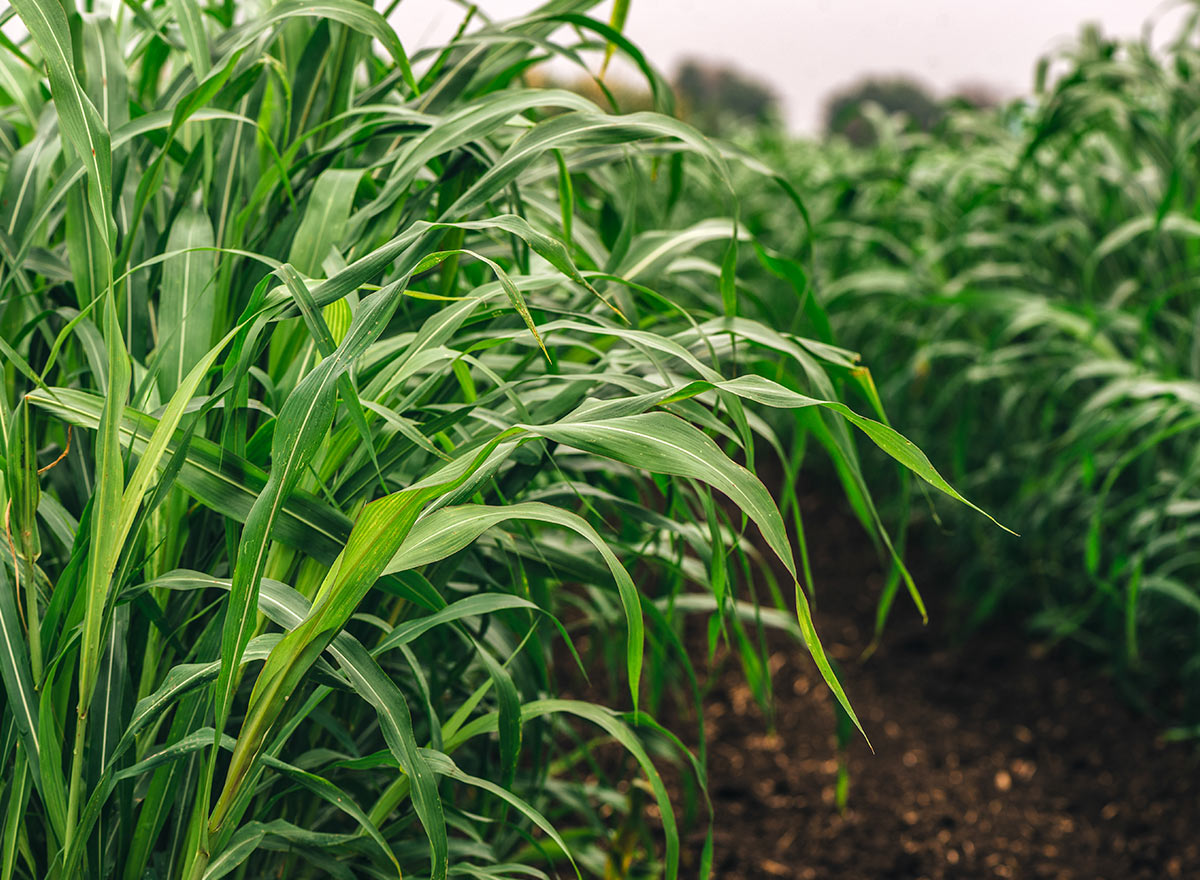

Landscaping Ideas
When To Cut Sudan Grass For Hay
Modified: August 17, 2024
Learn the best time to cut Sudan grass for hay and get expert landscaping ideas to maximize your yield. Discover essential tips for successful hay production.
(Many of the links in this article redirect to a specific reviewed product. Your purchase of these products through affiliate links helps to generate commission for Storables.com, at no extra cost. Learn more)
Introduction
Sudan grass, scientifically known as Sorghum bicolor, is a warm-season annual grass that has gained popularity among farmers and ranchers for its high productivity and nutritional value. This versatile grass is commonly used for hay production, providing a valuable source of forage for livestock. Understanding the optimal timing for cutting Sudan grass is crucial for maximizing its yield and nutritional quality.
In this comprehensive guide, we will delve into the intricacies of cutting Sudan grass for hay, exploring the factors that influence the timing of the harvest and providing valuable tips for ensuring a successful cutting and curing process. Whether you are a seasoned agricultural professional or a novice farmer looking to optimize your hay production, this article will equip you with the knowledge and insights needed to make informed decisions regarding the timing of Sudan grass cutting.
By examining the growth patterns of Sudan grass, considering environmental factors, and implementing best practices for cutting and curing, you can harness the full potential of this valuable forage crop. Join us as we embark on a journey to unlock the secrets of maximizing the yield and quality of Sudan grass for hay production.
Key Takeaways:
- Cut Sudan grass for hay when it reaches the boot to early heading stage for the best nutrition and palatability. Consider dry, windy weather for efficient drying and curing.
- Before cutting, assess growth stage, weather, and forage quality objectives. Follow tips like maintaining cutting height and monitoring moisture levels for optimal hay production.
Read more: When To Cut Liriope Grass
Understanding Sudan Grass
Sudan grass, a member of the Sorghum genus, is a warm-season annual grass that thrives in hot and arid climates. It is characterized by its rapid growth and ability to produce abundant biomass, making it a valuable forage option for livestock feed. This grass typically reaches heights of 6 to 8 feet, with slender stems and broad leaves that contribute to its impressive yield potential.
One of the key attributes of Sudan grass is its high nutritional value, which makes it a sought-after choice for hay production. This grass is rich in carbohydrates, proteins, and essential nutrients, making it a nutritious feed option for cattle, horses, and other ruminant animals. Additionally, Sudan grass exhibits excellent palatability, further enhancing its appeal as a forage crop.
Sudan grass is known for its adaptability to a wide range of soil types, including sandy and loamy soils, and its tolerance to drought conditions. These characteristics make it a resilient and versatile option for farmers operating in regions with limited water availability and challenging soil conditions.
In terms of growth patterns, Sudan grass demonstrates vigorous regrowth after cutting, allowing for multiple harvests throughout the growing season. This regrowth capacity contributes to its overall productivity and makes it a practical choice for hay production.
Furthermore, Sudan grass is recognized for its ability to suppress weeds, thanks to its dense growth habit and allelopathic properties. By effectively smothering weed competition, this grass contributes to improved weed control in agricultural settings, reducing the need for herbicidal interventions.
Understanding the unique characteristics and growth habits of Sudan grass is essential for making informed decisions regarding its cultivation and harvest. By harnessing its rapid growth, nutritional value, adaptability, and weed-suppressing qualities, farmers can leverage the full potential of Sudan grass for hay production, ultimately enhancing the productivity and sustainability of their agricultural operations.
Factors to Consider Before Cutting Sudan Grass
Before embarking on the process of cutting Sudan grass for hay production, it is crucial to carefully evaluate several key factors that can significantly impact the quality and yield of the harvested forage. By taking these considerations into account, farmers can make informed decisions regarding the optimal timing for cutting Sudan grass, ultimately maximizing the value of the harvested hay.
-
Growth Stage: The growth stage of Sudan grass plays a pivotal role in determining the ideal timing for cutting. Monitoring the development of the grass is essential, as cutting at the appropriate growth stage ensures optimal nutritional content and palatability. Typically, Sudan grass is best harvested for hay when it reaches the boot to early heading stage, characterized by the emergence of seed heads but before full maturity. At this stage, the grass offers a balance of high yield and desirable nutrient composition, making it an ideal time for cutting.
-
Weather Conditions: Weather patterns and forecasts should be carefully evaluated before initiating the cutting process. Ideally, cutting Sudan grass should be scheduled during a period of dry weather, as excessive moisture can hinder the curing process and lead to mold formation. Additionally, windy conditions can accelerate the drying of the cut grass, facilitating the curing process and minimizing the risk of spoilage. By considering weather conditions, farmers can optimize the efficiency of the cutting and curing process, ultimately preserving the quality of the harvested hay.
-
Forage Quality Objectives: Understanding the specific nutritional requirements of the intended livestock is essential for aligning cutting decisions with forage quality objectives. Different livestock species have varying nutritional needs, and the timing of cutting can influence the nutrient composition of the harvested hay. By establishing clear forage quality objectives based on the dietary needs of the target livestock, farmers can tailor the cutting schedule to achieve the desired nutritional content in the harvested Sudan grass.
-
Equipment and Labor Availability: Assessing the availability of cutting and baling equipment, as well as labor resources, is crucial for planning the cutting process effectively. Ensuring that the necessary machinery and personnel are readily available can streamline the cutting and baling operations, minimizing delays and optimizing the overall efficiency of the hay production process.
-
Weed and Pest Management: Prior to cutting Sudan grass, it is important to assess the presence of weeds and pests in the field. Addressing any weed infestations or pest pressures before cutting can help prevent the spread of invasive species and minimize the risk of contamination in the harvested hay. Implementing effective weed and pest management strategies prior to cutting contributes to the overall quality and purity of the harvested Sudan grass.
By carefully considering these factors before cutting Sudan grass for hay production, farmers can make informed decisions that align with their forage quality objectives and operational requirements. This thoughtful approach to planning the cutting process sets the stage for a successful harvest, ultimately contributing to the production of high-quality hay for livestock feed.
Cut Sudan grass for hay when it is in the early bloom stage, usually around 60-70 days after planting. This is when the plant has the highest nutritional value for livestock feed.
Best Time to Cut Sudan Grass for Hay
The optimal timing for cutting Sudan grass for hay production is a critical determinant of the overall quality and yield of the harvested forage. By strategically selecting the best time to initiate the cutting process, farmers can maximize the nutritional value, palatability, and overall desirability of the hay for livestock consumption.
Sudan grass is typically best cut for hay when it reaches the boot to early heading stage of growth. At this stage, the grass has achieved a balance between high biomass yield and desirable nutrient composition, making it an ideal time for cutting. The emergence of seed heads signals the onset of reproductive maturity, and harvesting the grass before full maturity ensures that the forage retains optimal nutritional content and palatability. By timing the cutting process to coincide with the boot to early heading stage, farmers can capitalize on the peak nutritional value of the Sudan grass, ultimately enhancing the feed quality for their livestock.
In addition to growth stage considerations, weather conditions play a pivotal role in determining the best time to cut Sudan grass for hay. Ideally, the cutting process should be scheduled during a period of dry weather, as excessive moisture can impede the curing process and lead to mold formation. Dry weather conditions facilitate efficient drying and curing of the cut grass, contributing to the preservation of nutritional quality and minimizing the risk of spoilage. Furthermore, windy conditions can expedite the drying process, accelerating the reduction of moisture content in the harvested forage and promoting optimal hay preservation.
By aligning the cutting process with the boot to early heading stage of growth and favorable weather conditions, farmers can optimize the nutritional quality, palatability, and overall value of the harvested Sudan grass for hay production. This strategic approach to timing the cutting process ensures that the forage retains its essential nutrients and desirable characteristics, ultimately contributing to the production of high-quality hay for livestock feed.
In summary, the best time to cut Sudan grass for hay production aligns with the boot to early heading stage of growth, characterized by the emergence of seed heads but before full maturity. By leveraging this growth stage and considering favorable weather conditions, farmers can maximize the nutritional value and palatability of the harvested forage, ultimately enhancing the overall quality of the hay for livestock consumption.
Tips for Cutting and Curing Sudan Grass
-
Timing is Key: As mentioned earlier, the timing of cutting Sudan grass significantly impacts the quality of the harvested forage. Aim to cut the grass during the boot to early heading stage to ensure optimal nutritional content and palatability. Monitoring the growth stage closely is crucial for making informed decisions regarding the cutting process.
-
Weather Watch: Keep a close eye on weather forecasts and aim to schedule the cutting process during a period of dry weather. Excessive moisture can hinder the curing process and lead to mold formation, compromising the quality of the hay. Additionally, windy conditions can expedite the drying process, facilitating efficient curing and minimizing the risk of spoilage.
-
Cutting Height: When mowing Sudan grass for hay, it is advisable to leave a stubble height of 4 to 6 inches. Maintaining an adequate stubble height promotes regrowth and helps protect the crowns of the grass, contributing to the overall health and productivity of the stand.
-
Machinery Maintenance: Ensure that cutting and baling equipment are well-maintained and properly adjusted before initiating the cutting process. Sharp mower blades and properly calibrated balers contribute to clean and efficient cutting, reducing the risk of plant damage and improving the overall quality of the harvested forage.
-
Field Preparation: Prior to cutting, assess the field for any obstacles or debris that could interfere with the cutting and baling operations. Clearing the field of rocks, branches, and other potential obstructions minimizes the risk of equipment damage and ensures a smooth and efficient cutting process.
-
Curing Considerations: After cutting, it is essential to facilitate the drying and curing of the Sudan grass to preserve its nutritional quality. Aim to spread the cut grass in wide swaths to promote efficient drying, taking advantage of sunny and breezy conditions to expedite the curing process.
-
Monitoring Moisture Levels: Regularly monitor the moisture content of the cut grass to gauge the progress of the curing process. Utilize moisture meters or manual sampling techniques to assess moisture levels, aiming for an optimal moisture content of around 12-15% for hay baling.
-
Baling Best Practices: When the cut grass has reached the desired moisture content, proceed with baling using well-maintained equipment. Properly formed and tightly packed bales contribute to improved storage and preservation of the hay, minimizing the risk of spoilage and maintaining its nutritional integrity.
By implementing these tips for cutting and curing Sudan grass, farmers can optimize the quality and yield of the harvested forage, ultimately contributing to the production of high-quality hay for livestock feed.
Read more: When To Cut Your Grass
Conclusion
In conclusion, the process of cutting Sudan grass for hay production is a multifaceted endeavor that demands careful consideration of various factors to ensure the optimal quality and yield of the harvested forage. By understanding the growth patterns of Sudan grass, evaluating environmental conditions, and implementing best practices for cutting and curing, farmers can maximize the potential of this valuable forage crop.
The decision of when to cut Sudan grass is a critical determinant of the overall nutritional value and palatability of the harvested hay. Timing the cutting process to coincide with the boot to early heading stage of growth allows farmers to capitalize on the peak nutritional content of the grass while maintaining desirable palatability for livestock consumption. Additionally, favorable weather conditions, including dry and windy periods, play a pivotal role in facilitating efficient drying and curing of the cut grass, ultimately preserving the quality of the harvested forage.
Furthermore, the careful assessment of factors such as forage quality objectives, equipment and labor availability, and weed and pest management contributes to the overall success of the cutting process. By aligning cutting decisions with specific forage quality objectives and operational requirements, farmers can tailor the cutting schedule to achieve the desired nutritional content in the harvested Sudan grass, ultimately enhancing the feed quality for their livestock.
The tips provided for cutting and curing Sudan grass offer practical guidance for farmers looking to optimize the hay production process. From monitoring the growth stage and weather conditions to ensuring proper machinery maintenance and baling best practices, these tips empower farmers to make informed decisions and execute the cutting and curing process with precision and efficiency.
In essence, the successful cutting of Sudan grass for hay production hinges on a strategic blend of timing, environmental considerations, and operational preparedness. By leveraging the insights and best practices outlined in this guide, farmers can harness the full potential of Sudan grass, ultimately contributing to the production of high-quality hay for livestock feed. This comprehensive approach to cutting and curing Sudan grass sets the stage for enhanced productivity and sustainability in agricultural operations, underscoring the significance of informed decision-making and meticulous execution in hay production endeavors.
Frequently Asked Questions about When To Cut Sudan Grass For Hay
Was this page helpful?
At Storables.com, we guarantee accurate and reliable information. Our content, validated by Expert Board Contributors, is crafted following stringent Editorial Policies. We're committed to providing you with well-researched, expert-backed insights for all your informational needs.
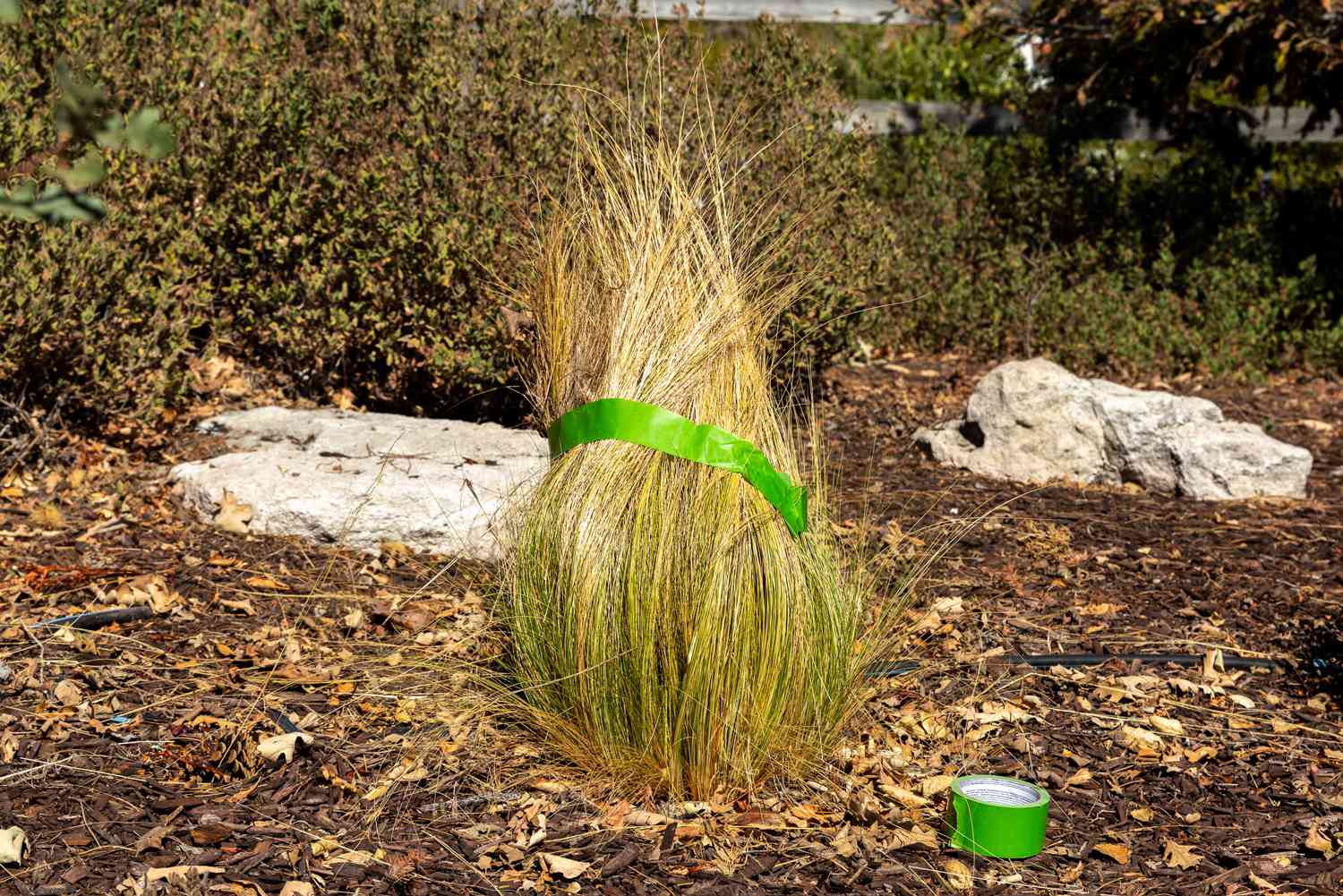
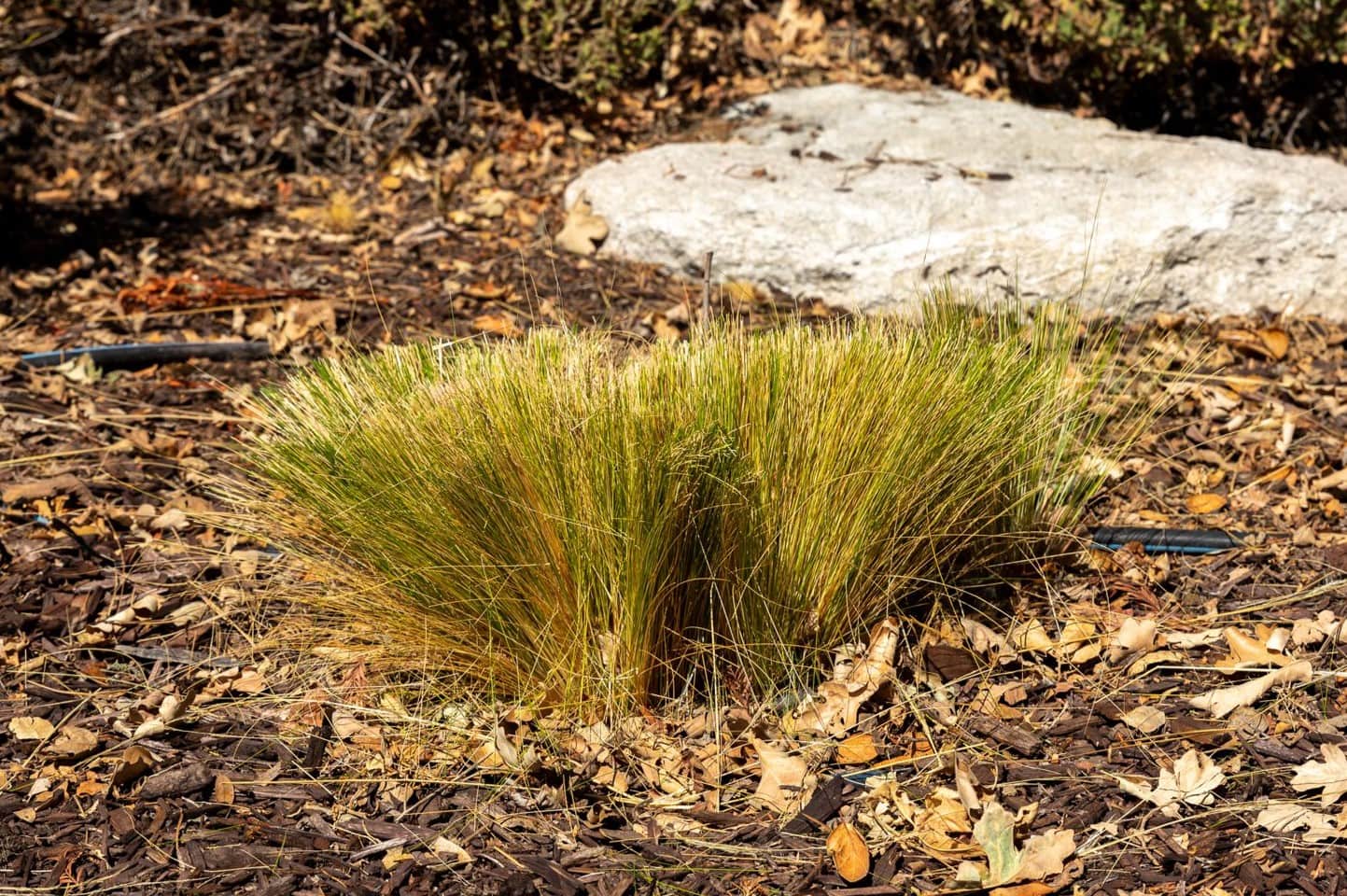

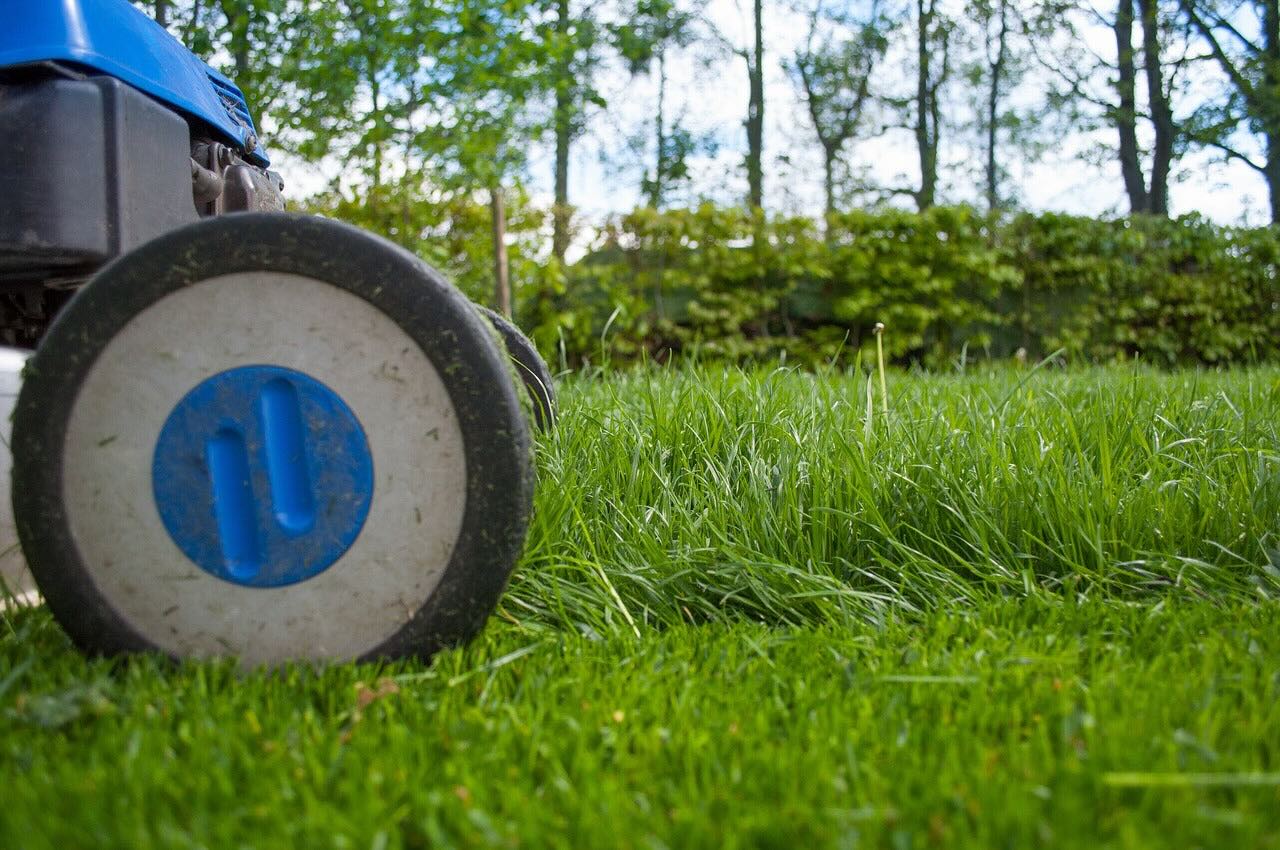
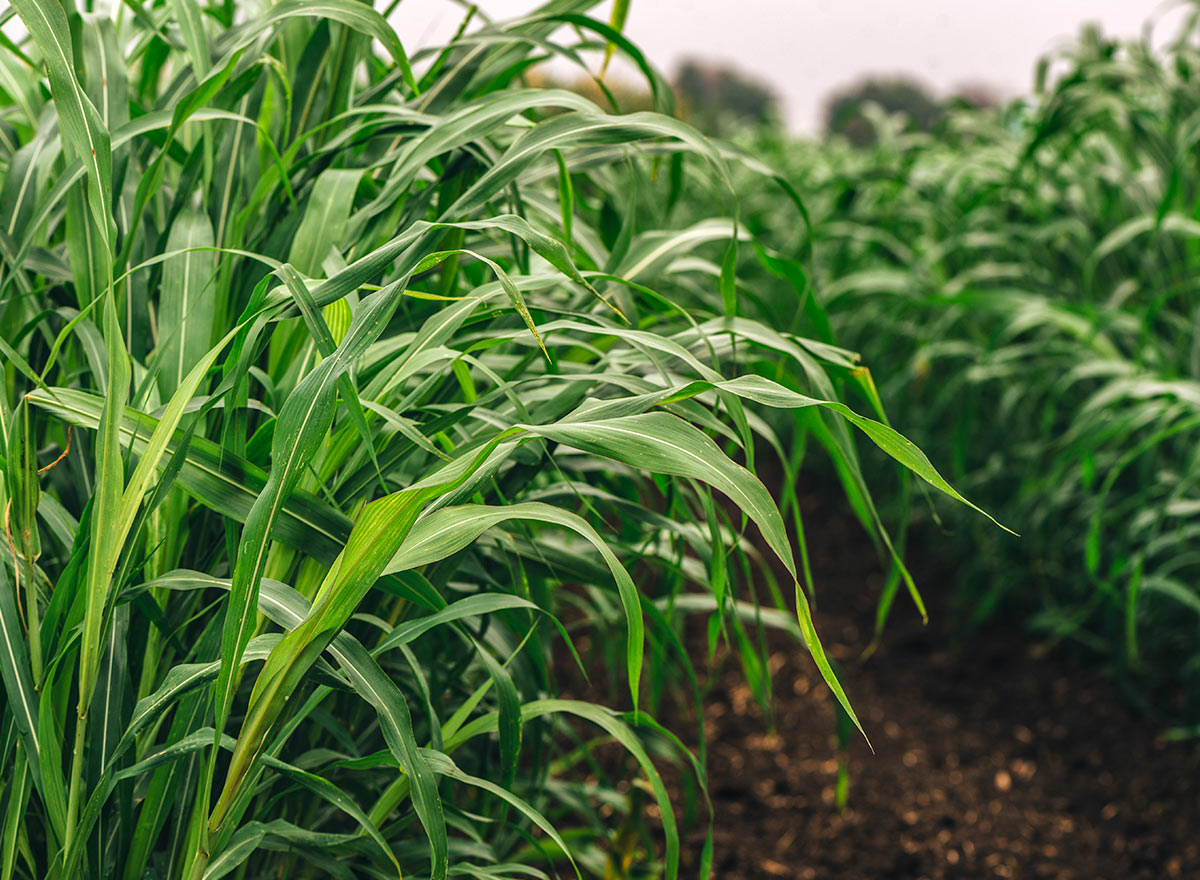

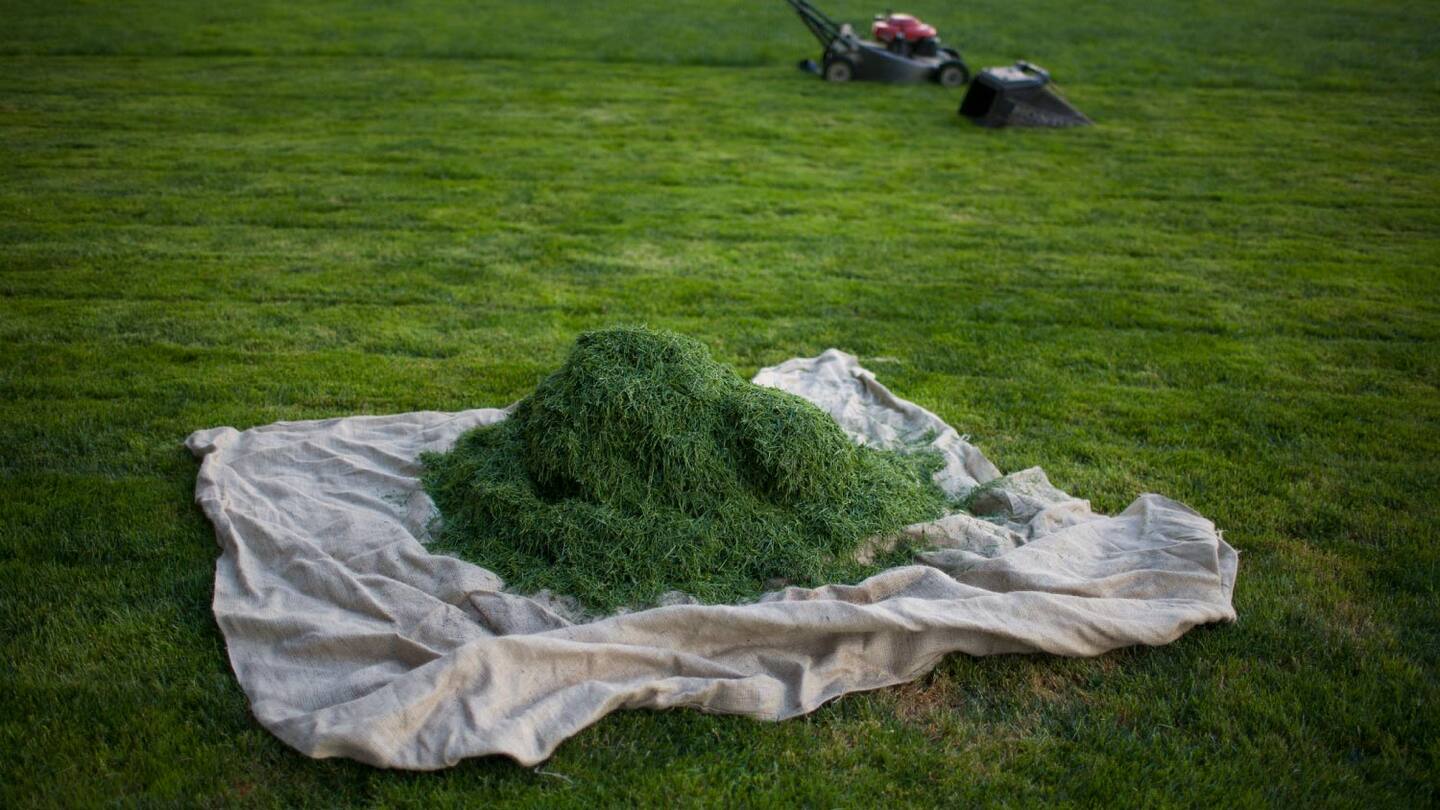
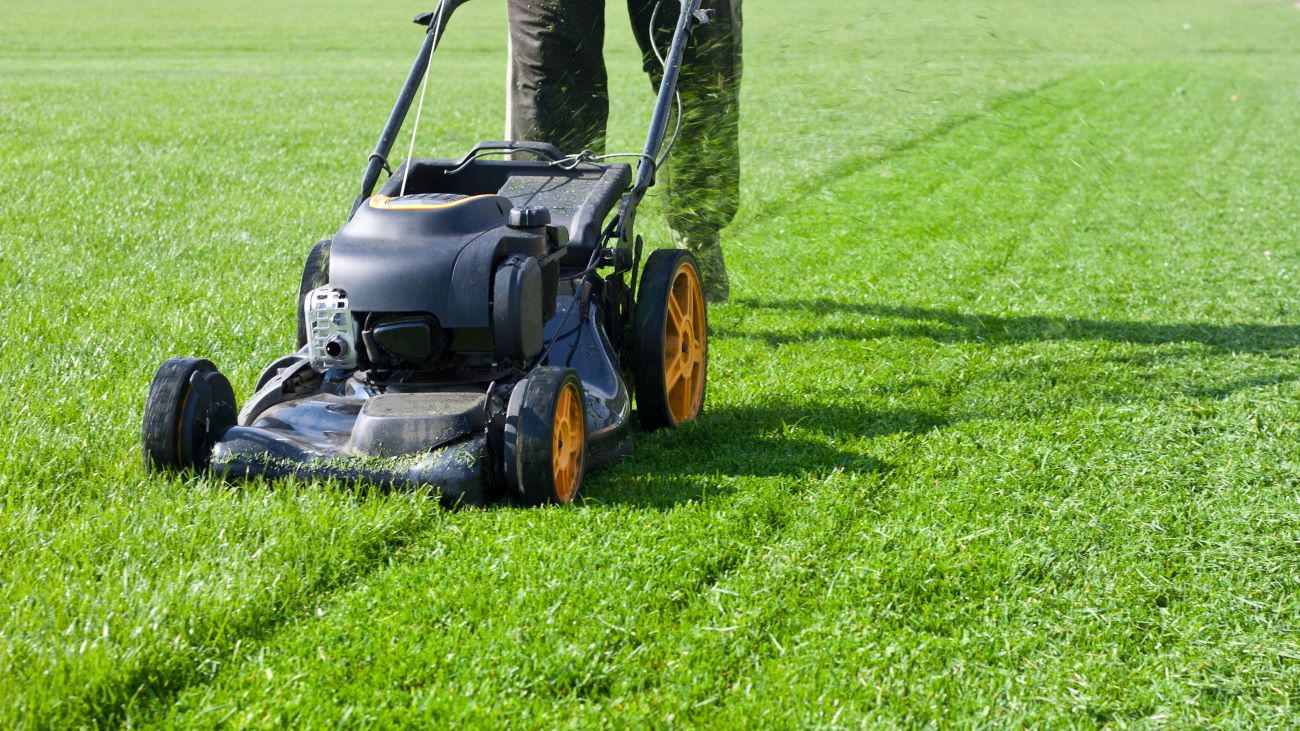


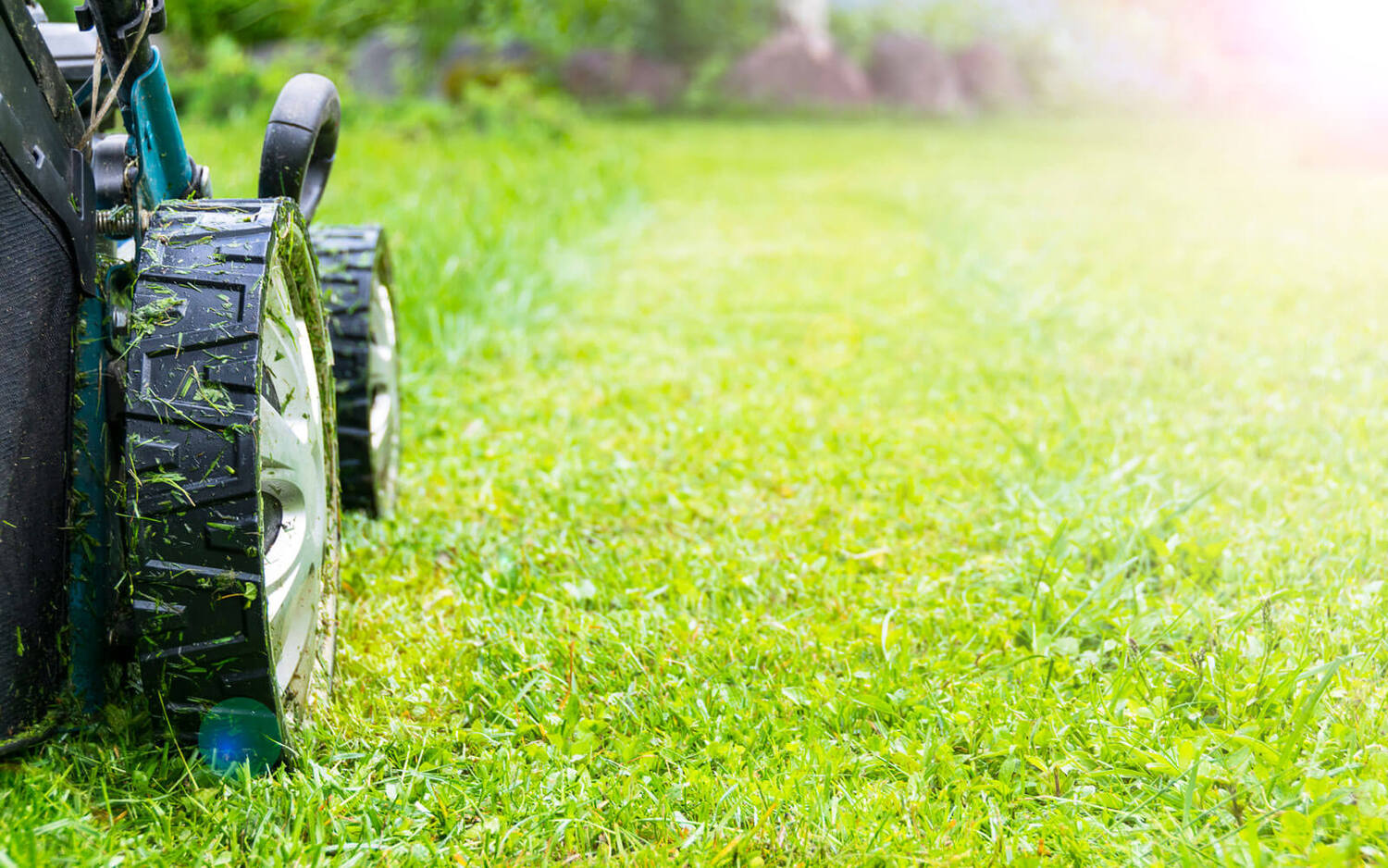
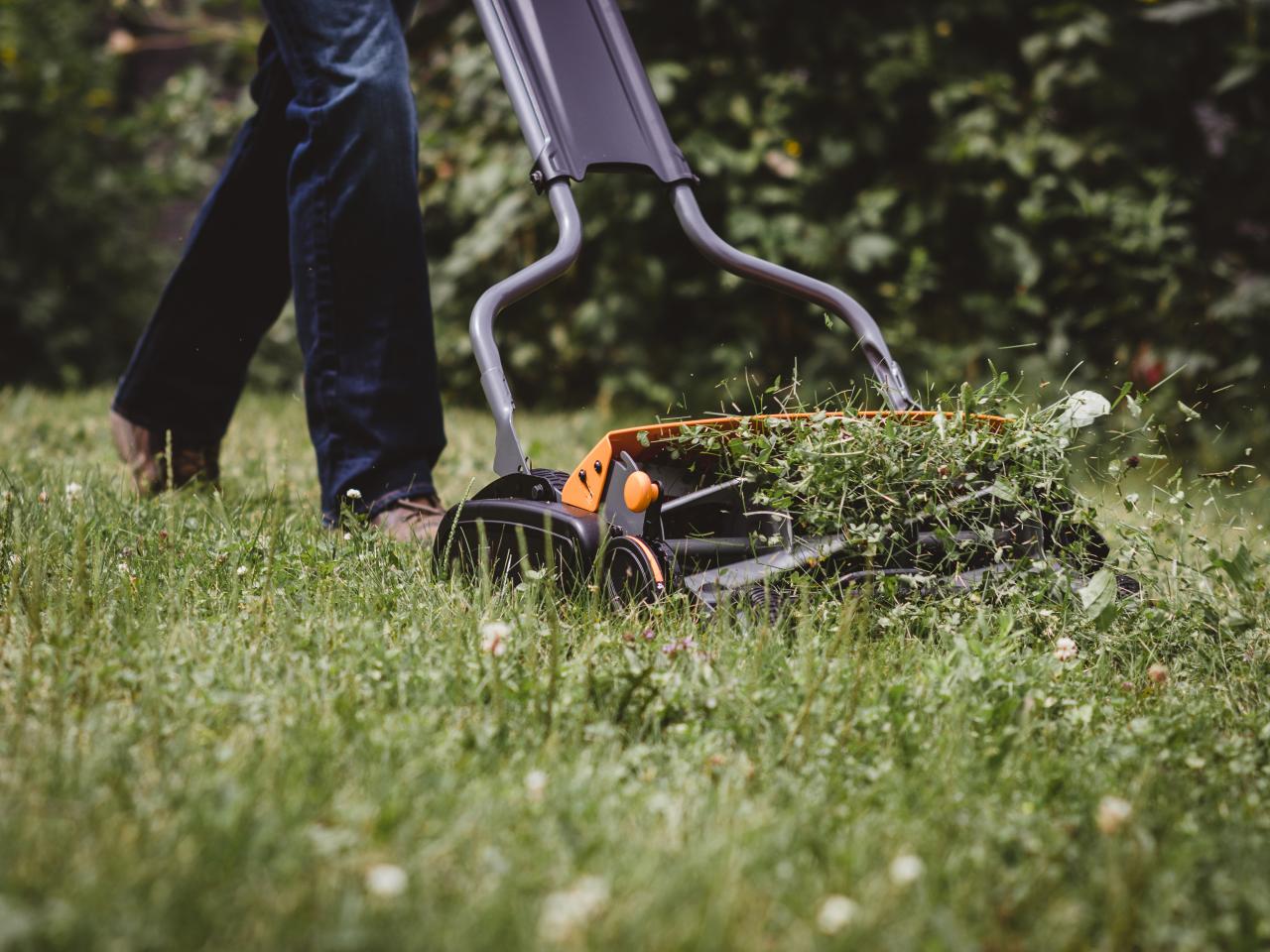
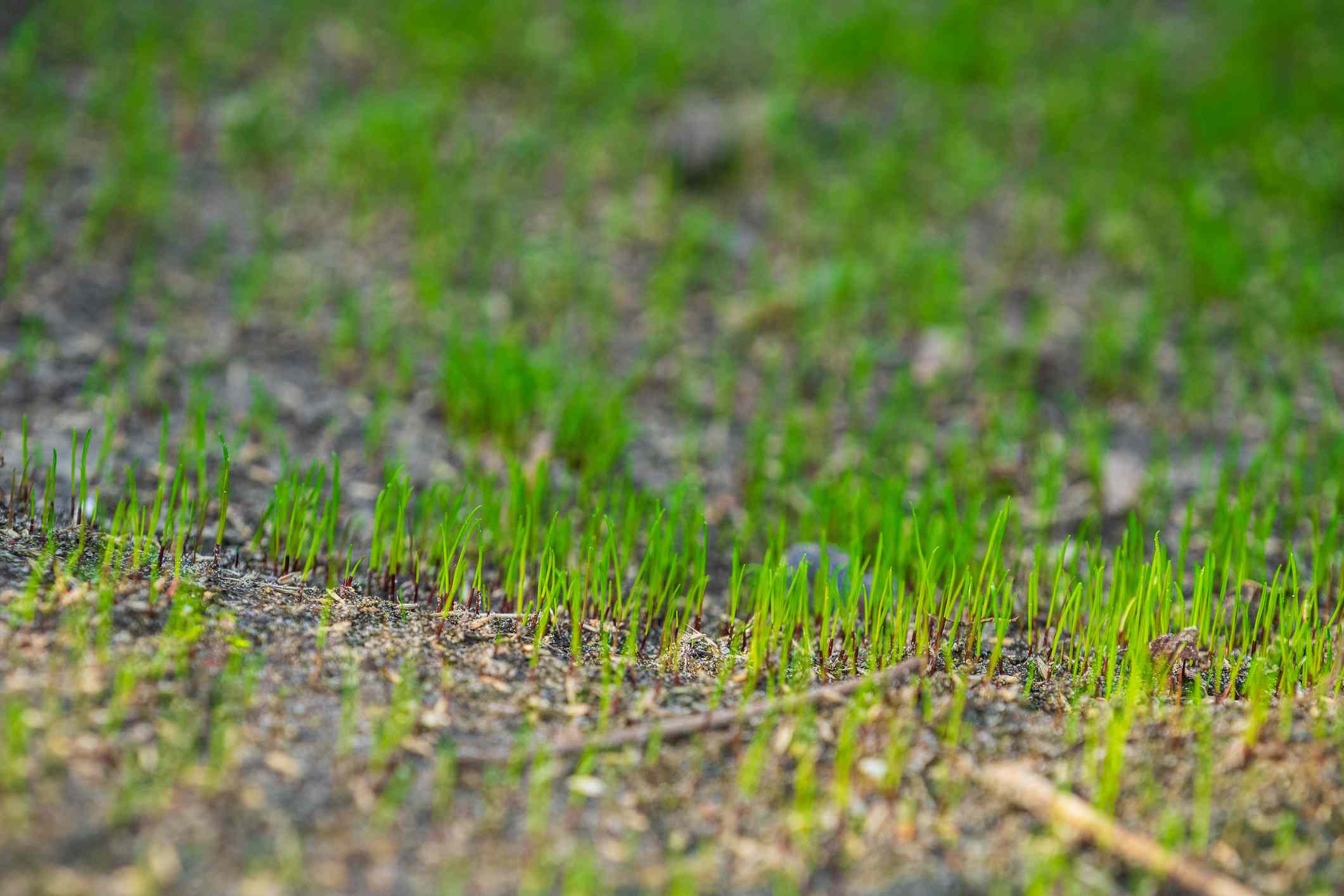
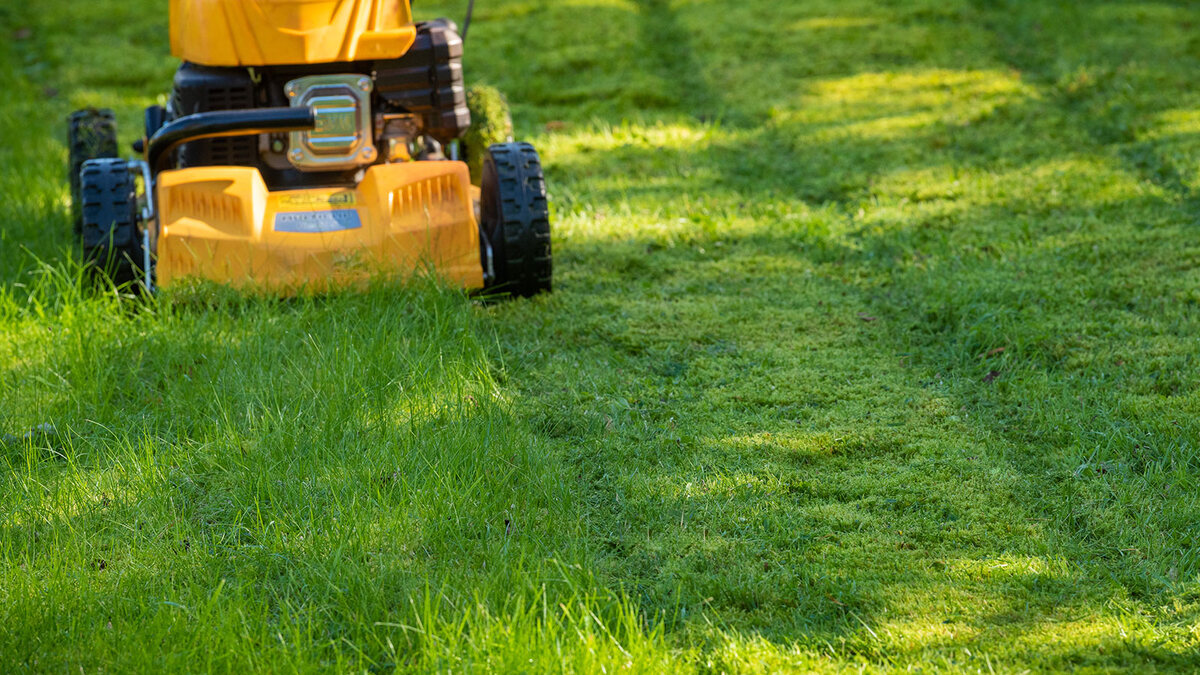

0 thoughts on “When To Cut Sudan Grass For Hay”